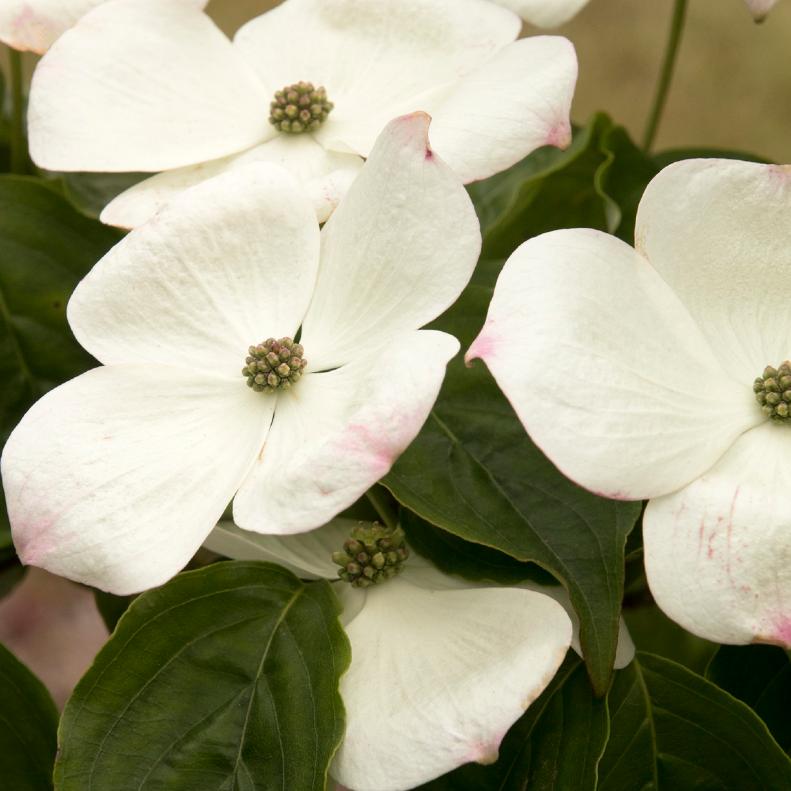Fantastic Trees That Flower
There are thousands of varieties of flowering trees available, including Magnolia x loebneri ‘Leonard Messel’ pictured above, which blushes a rosy pink and grows into a small tree up to 30 feet tall. Place this early spring beauty where you’ll easily see the color from indoors. In northern zones, avoid planting it against a southern wall, where heat might promote too-early flowering that late spring frosts can destroy. It's hardy to Zones 5 to 9.
Here are some things to consider when choosing a flowering tree for your yard: size, form and overall appearance of the tree when in full bloom, whether such obstructions as power lines could be in the way and how it would shade other plants. Also, consider how fall foliage, fruit or bark color would complement the other plantings in your yard, and whether any of your trees provide texture for winter interest. And look for ones that avoid weak branching, particularly if you live in areas where icing could be an issue.
Check out some of our favorite flowering trees along with advice on how to use them in your outdoor space.









